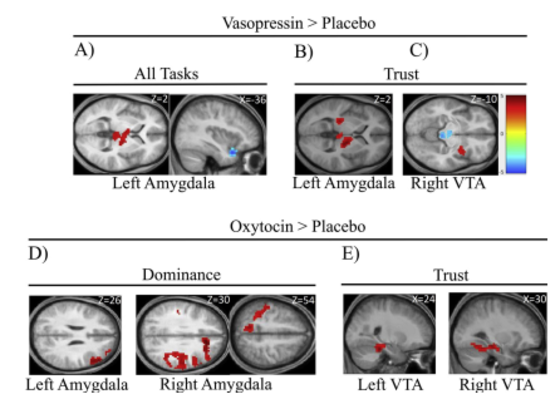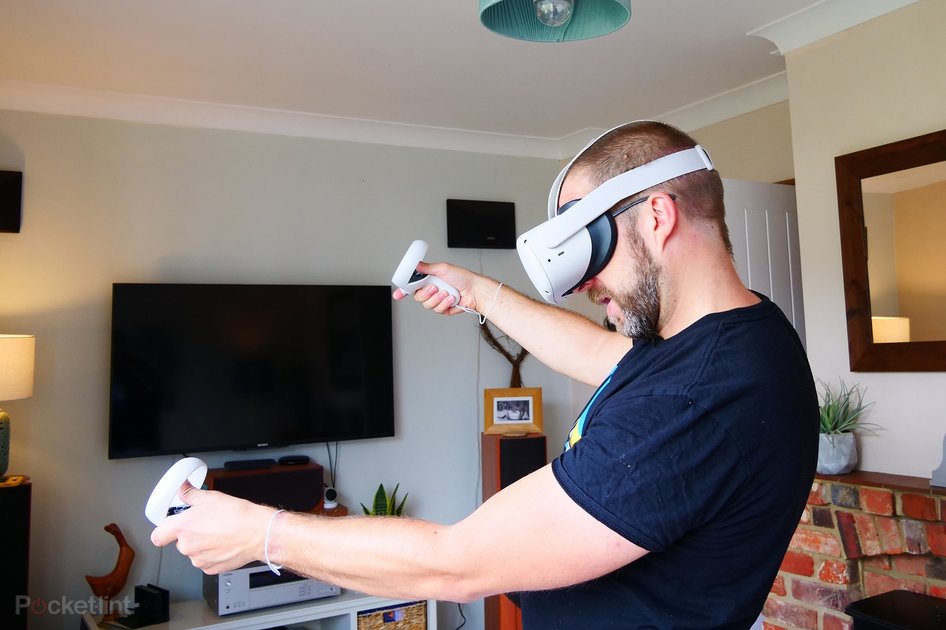Overview
The process of interpreting cues signaling trust and dominance is crucial for social life. Previous studies have explored the relationship between oxytocin – commonly referred to as “the cuddle hormone” – and trustworthiness evaluations, but findings were inconsistent, and the connection between oxytocin and dominance has yet to be discovered. Another hormone potentially involved in social cue perception is vasopressin, yet even less is known about its role.In this study, researchers explored the potential influence of oxytocin (OT) and vasopressin (AVP) on social cue perception using fMRI scans of participants’ brains. They administered intranasal OT and AVP to 20 healthy adult males, then asked them to rate the trustworthiness and dominance of neutral faces. After receiving doses of oxytocin, participants rated the neutral faces higher in dominance compared to the control group. Overall, oxytocin increased the perception of dominance but did not influence trustworthiness judgments. However, researchers observed that regional neural effects differed with judgments of dominance vs. judgments of trustworthiness. Findings on the influence of vasopressin were consistent with the idea that vasopressin affects mentalization, and the participants that were administered vasopressin demonstrated increased connectivity between brain regions associated with cue-driven, habitual responses. Results from the study indicate that oxytocin and vasopressin have now been shown to influence how people take in social information and cues.
Differences in connectivity patterns for amygdala and VTA seed regions when contrasting OT or AVP treatments versus placebo for various task conditions. A) Increasing (red) and decreasing (blue) connectivity with the left amygdala during AVP sessions regardless of rating type. B) Increasing and decreasing connectivity with the left amygdala for AVP treatment during trust evaluations. C) Increasing and decreasing connectivity with the right VTA for AVP treatment during trust evaluations. D) Increasing correlations between amygdala connectivity and dominance ratings when comparing OT treatment versus placebo. E) Increasing correlations between VTA connectivity and trust ratings when comparing OT treatment versus placebo. Results are shown as t-score values for voxels significant at p < .001 uncorrected and cluster size corrected for p < .05 in AFNI’s 3dClustSim.





